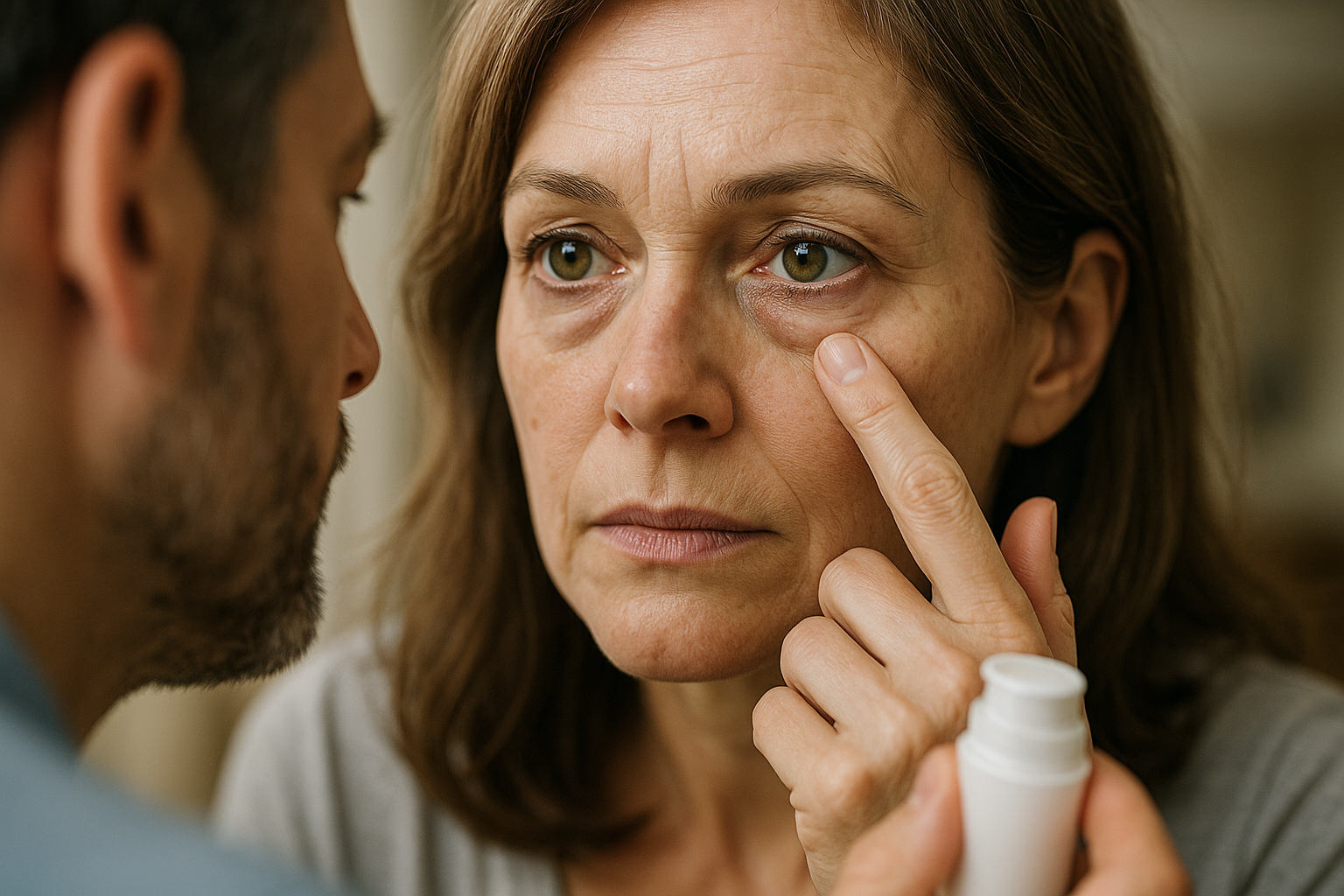Understanding Eye Bags: Causes, Treatment, and Prevention
For centuries, beauty has been an essential aspect of human life, and various physical attributes have been linked to beauty. Among these, the eyes are regarded as the windows to the soul and are often the focal point of attention. However, as we age, changes in our facial appearance such as the development of eye bags can affect our perception of beauty. This article delves into the topic of eye bags, exploring their causes, treatment options, and preventive measures.

From Ancient Times to Modern Day: The Historical Context of Eye Bags
The issue of eye bags has been a concern since ancient times. Ancient Egyptians, known for their elaborate beauty rituals, used various natural remedies such as crushed mint leaves and frankincense mixed with oil to reduce puffiness under the eyes. In the Middle Ages, people utilized cold spoons, cucumber slices, and even leeches to combat eye bags.
Today, with advancements in medicine and technology, we have a better understanding of the causes of eye bags and a wider range of treatment options. Despite this, the quest for a youthful appearance remains a common thread in our history and current society.
The Science Behind Eye Bags: Causes and Factors
Eye bags, or puffiness under the eyes, are a common cosmetic concern, particularly as we age. They are primarily caused by the weakening of the tissues and muscles supporting our eyelids. As these tissues weaken, normal fat that helps support the eyes can move into the lower eyelids causing puffiness. In addition, fluid can accumulate in the space below your eyes, adding to the swelling.
Several factors can exacerbate the appearance of eye bags. Lack of sleep, a high-salt diet, and alcohol consumption can lead to fluid retention, worsening the puffiness. Genetics also play a role, with some people being naturally predisposed to developing eye bags.
Current Trends in Treatment: From Home Remedies to Surgical Procedures
Just as the causes of eye bags are multifaceted, so are the treatment options. On one end of the spectrum, there are simple home remedies. These include applying a cold compress, getting adequate sleep, staying hydrated, and reducing salt intake. Over-the-counter creams and gels can also help by tightening the skin and reducing puffiness.
On the other end, there are medical and surgical procedures. These range from injectable fillers, which can smooth the transition between the lower eyelid and the cheek, to a surgical procedure known as blepharoplasty, which involves removing excess fatty deposits and skin.
While surgical procedures provide more permanent solutions, they come with risks such as infection, bleeding, and changes in vision. It’s crucial to consult with a dermatologist or a plastic surgeon to understand the benefits and risks associated with each treatment option.
The Impact of Eye Bags on Self-Perception and Social Reception
The presence of eye bags can affect individuals’ self-esteem and how they are perceived by others. Studies have shown that people with under-eye puffiness are often perceived as being older and more fatigued. This can impact various aspects of life, including personal relationships and professional opportunities.
The pressure to maintain a youthful appearance has been amplified by today’s social media culture, where carefully curated images often set unrealistic beauty standards. This has contributed to an increase in people seeking medical treatments for eye bags.
Embracing the Future: Prevention and New Frontiers in Treatment
While treating eye bags is possible, prevention is always better than cure. Lifestyle changes such as getting enough sleep, maintaining a healthy diet, staying hydrated, and limiting alcohol consumption can go a long way in preventing the development of eye bags.
In terms of treatment, research is ongoing to develop new and better ways to address eye bags. Topical creams with more potent active ingredients are being developed, and non-surgical procedures are becoming more sophisticated.
In conclusion, the issue of eye bags is not merely a cosmetic concern but ties into broader societal perceptions of beauty and aging. As our understanding of the causes and treatment options for eye bags continues to evolve, it’s essential to remember that aging is a natural process, and beauty is more than skin deep.




